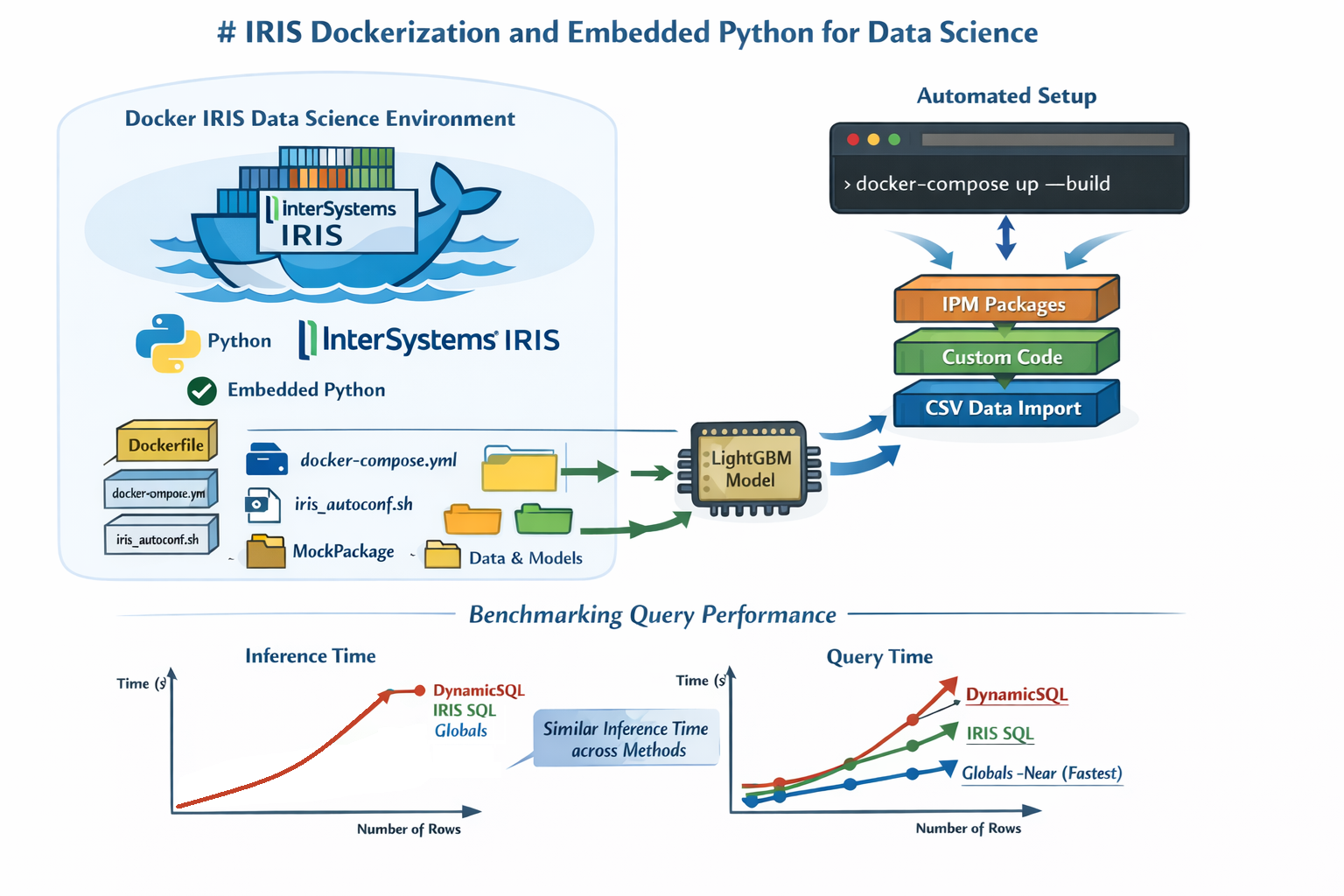The August Article Bounty on the Global Masters article caught my attention, and one of the proposed topics sounded quite interesting in regard to its future use in my teaching. So, here's what I'd like to tell my students about tables in IRIS and how they correlate with the object model.
First of all, InterSystems IRIS boasts a unified data model. This means that when you work with data, you are not locked into a single paradigm. The same data can be accessed and manipulated as a traditional SQL table, as a native object, or even as a multidimensional array (a global). It means that when you create an SQL table, IRIS automatically creates a corresponding object class. When you define an object class, IRIS automatically makes it available as an SQL table. The data itself is stored only once in IRIS's efficient multidimensional storage engine. The SQL engine and the object engine are simply different "lenses" to view and work with the same data.
First, let's look at the correlation between the relational model and the object model:
It's not always a 1:1 correlation, as you may have several tables represent one class, for example. But it's a general rule of thumb.

